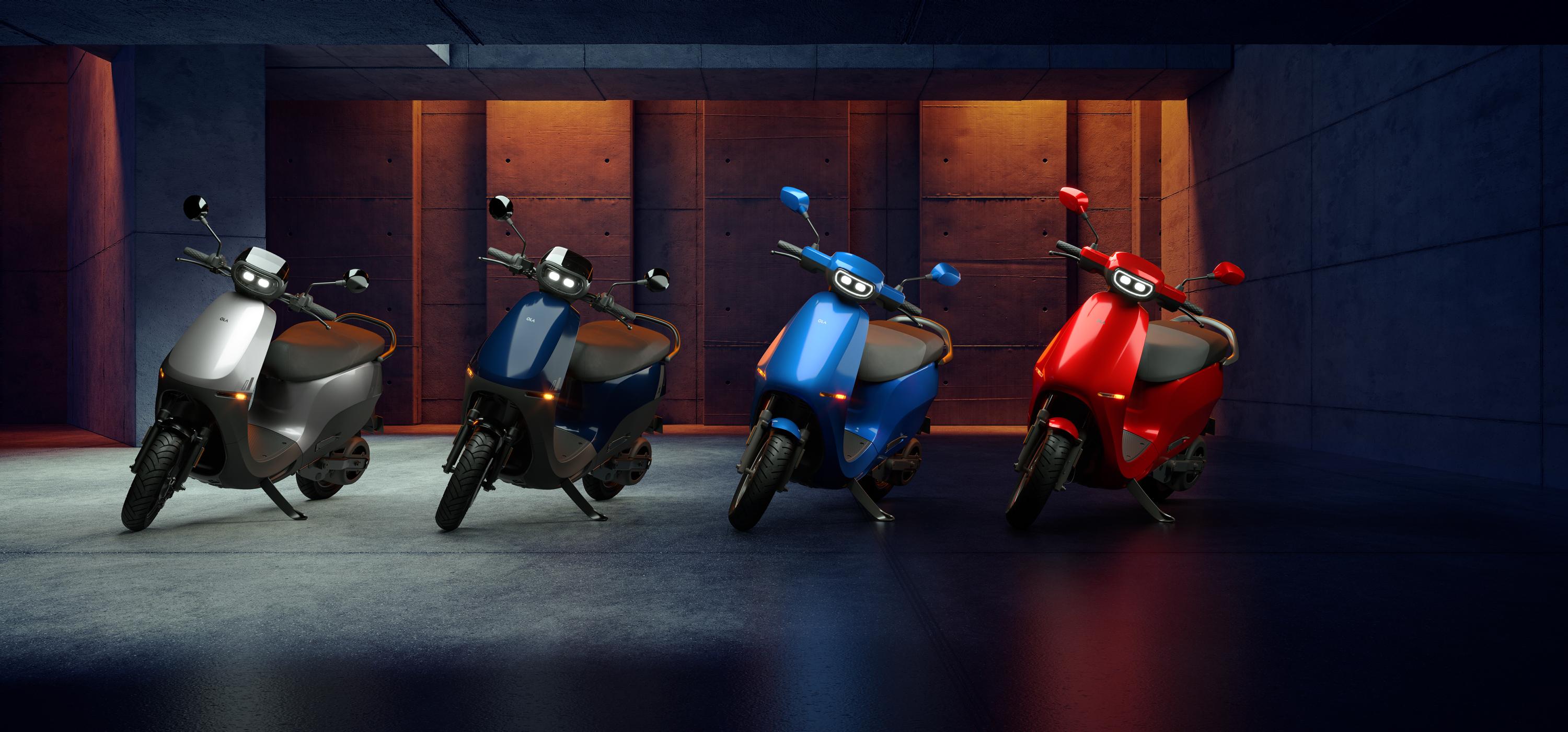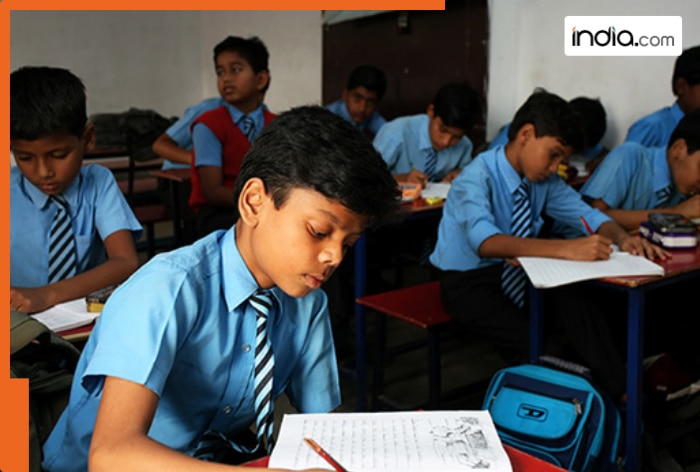Today, Malacca is inexpensive to visit thanks to a weak Malaysian currency, the ringgit; serves some of the most varied and delicious food anywhere in Southeast Asia; offers rare antiques, offbeat art and fashion in its shops and markets; and possesses heritage buildings that double as wonderful Instagram backdrops.
At times – particularly on weekends – tourists overwhelm the town centre, but the crowds can be avoided.
To do so, visit midweek; stay for at least one night rather than rushing around ticking off all the must-sees; avoid the weekend night market in Jonker Street, which is lined with souvenirs stalls and fast-food; walk past the long queues outside Instagram- and TikTok-viral bakeries; and explore the as-yet-unheralded restaurants in the quieter backstreets.

To get your bearings, start at the main town square, dominated by the 17th century Stadhuys – the imposing Dutch-era town hall – and the massive Christ Church, both painted in Malacca’s signature postbox red. Then cross the winding Malacca river, the banks of which are alive with bars and music venues.
Many visitors do not get further than Heeren and Jonker streets, the ancient heart of the city, and their grandiose Dutch merchants’ homes and trading godowns, traditional Chinese shophouses and sumptuous gilded Peranakan mansions.
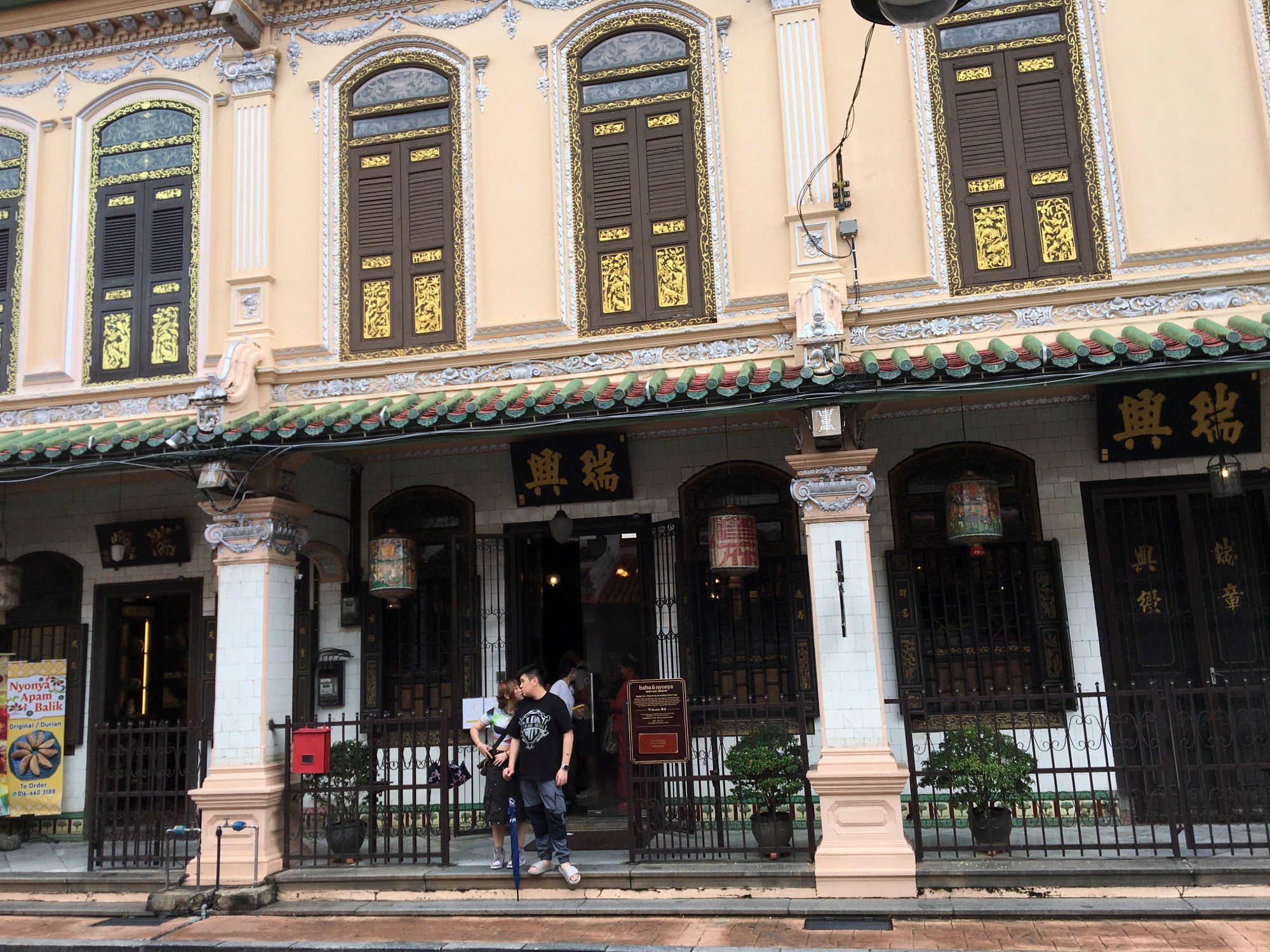
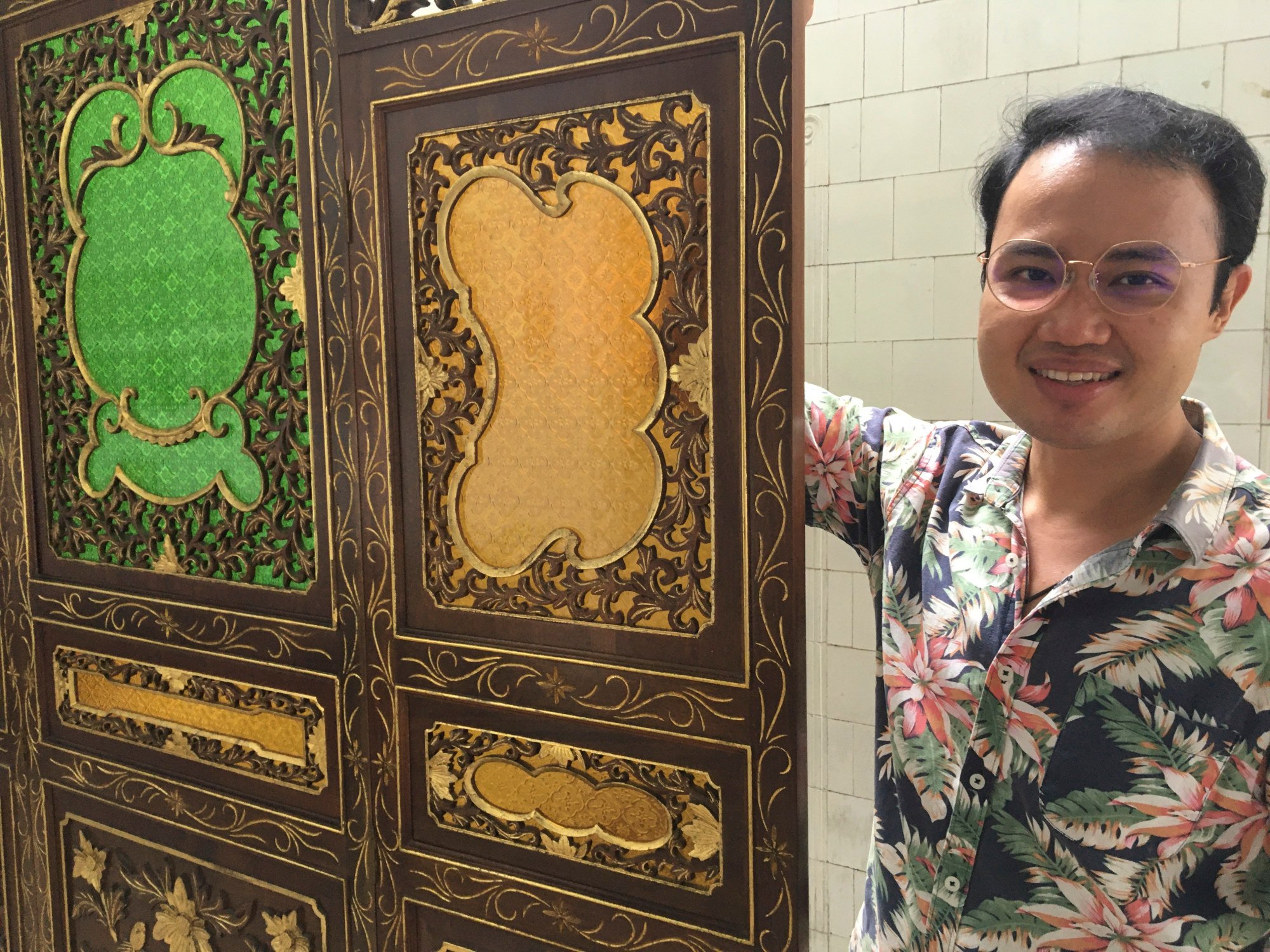
Built in 1896 and formerly the home of the Chan family, it is well maintained and filled with priceless heirlooms and artefacts.
“We have many visitors from China who are often amazed when entering the mansion, the shock of witnessing such a rich Chinese heritage so perfectly preserved yet so far from China,” says curator Lee Yuen Thien, himself a fifth-generation Peranakan.
“And I have to say that they adapt pretty well to the spiciness of our dishes, like pork belly with fermented bean paste and fresh red chillies, intense coconut-creamy laksa noodle soup, and sambal udang petai, fiery plump prawns fried with pungent but delicious petai, known to locals as ‘stinky beans’.”
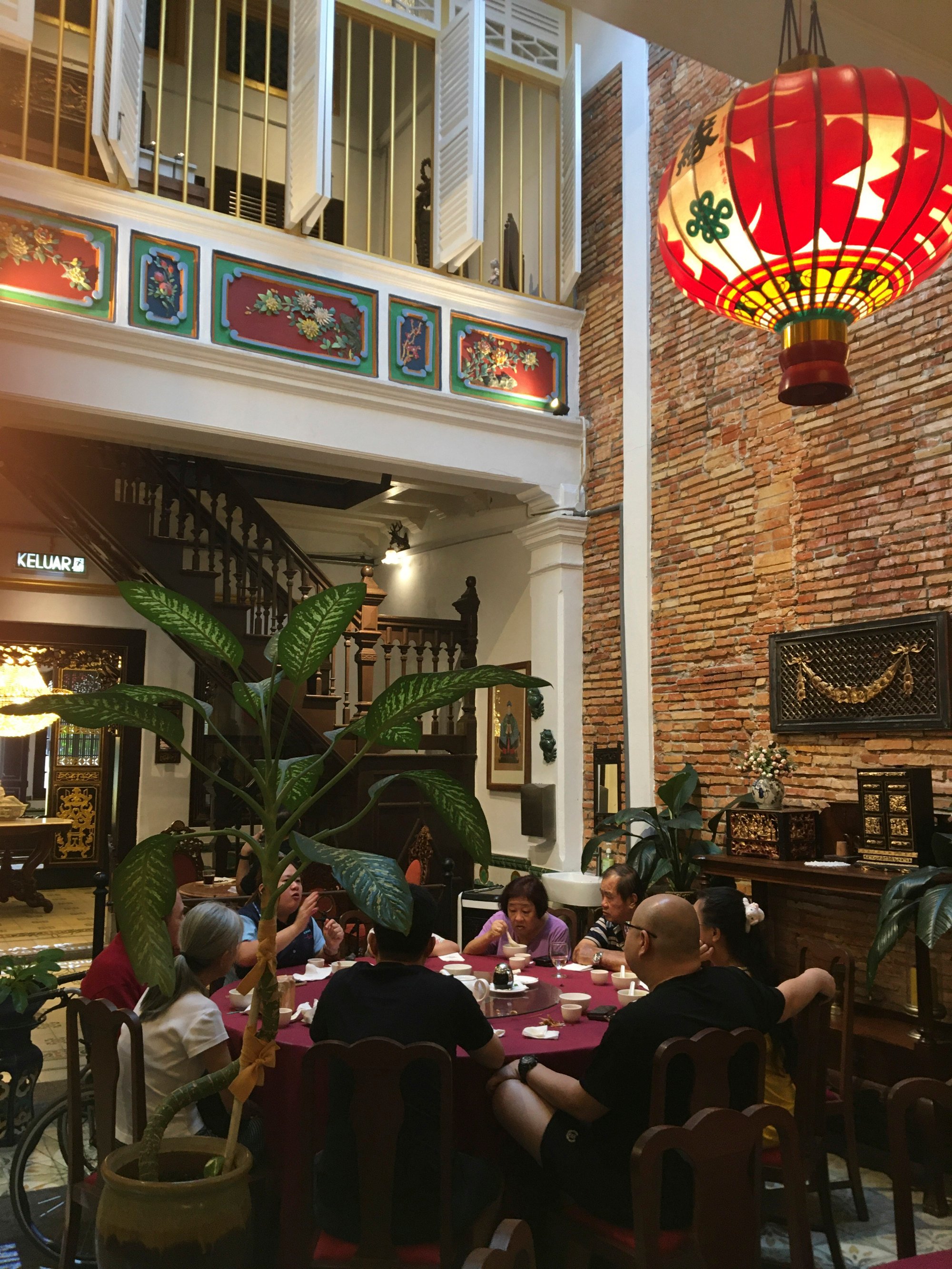
It is easy to escape the crowds in the labyrinth of narrow lanes running between the Peranakan mansions, at least until you reach Jalan Tukang Emas, or Goldsmith Street.
Within a 200-metre (650-foot) stretch are the incense-filled Cheng Hoon Teng, Malaysia’s oldest Chinese temple, dating back to 1645; the Javanese-style Kampung Kling mosque, with its distinctive pagoda-style 18th century minaret; and a 250 year-old ornamental Hindu temple painted in a riot of psychedelic colours.
Thus Malacca presents multicultural Malaysia in a single street, one that ends with a provocative, contemporary twist at the unmissable bright orange Orangutan House, the studio and gallery of artist Charles Cham.
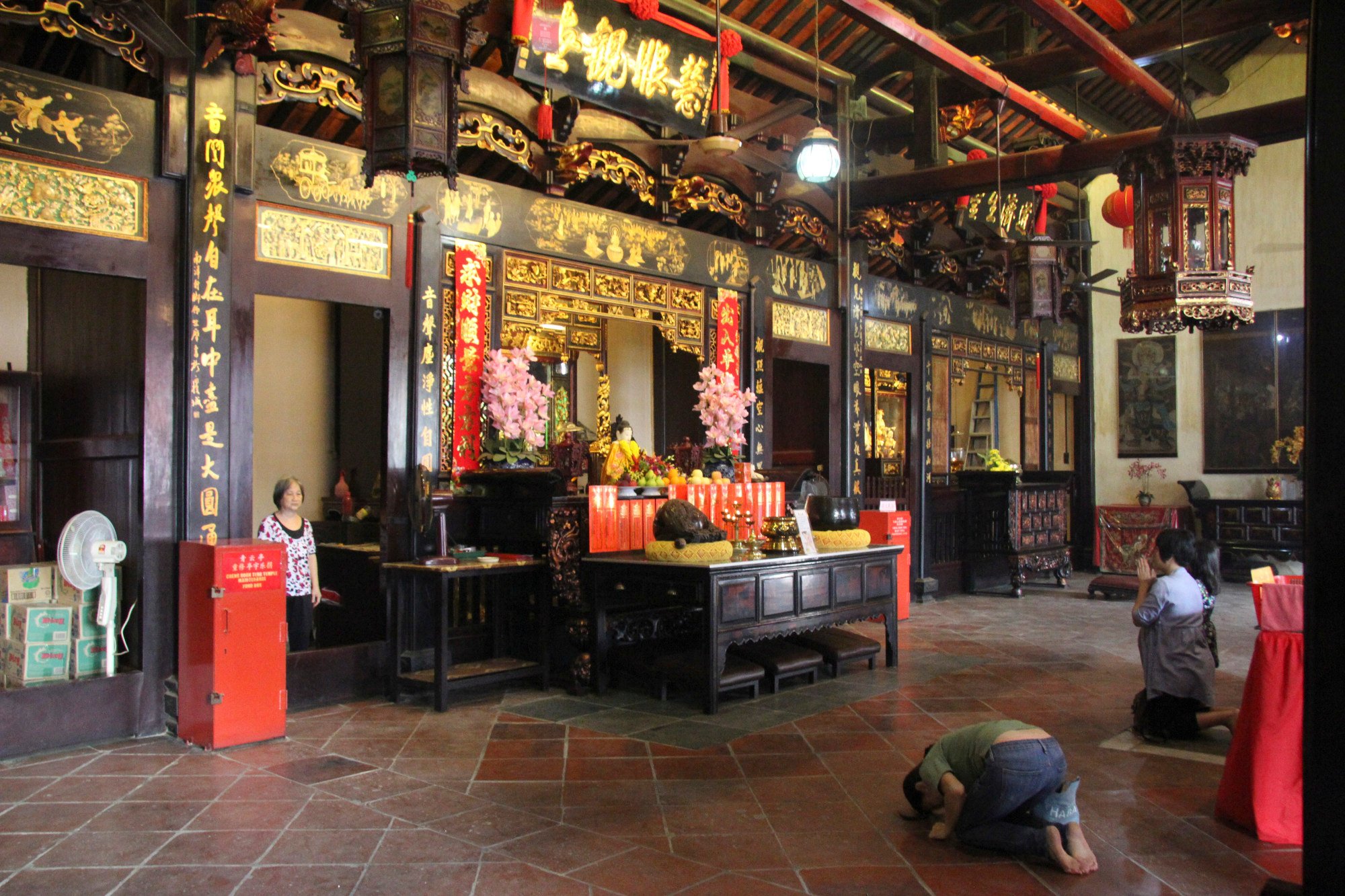
“It is like a dam that suddenly bursts and opens Malacca up to everything – the good, the bad and the noisy!
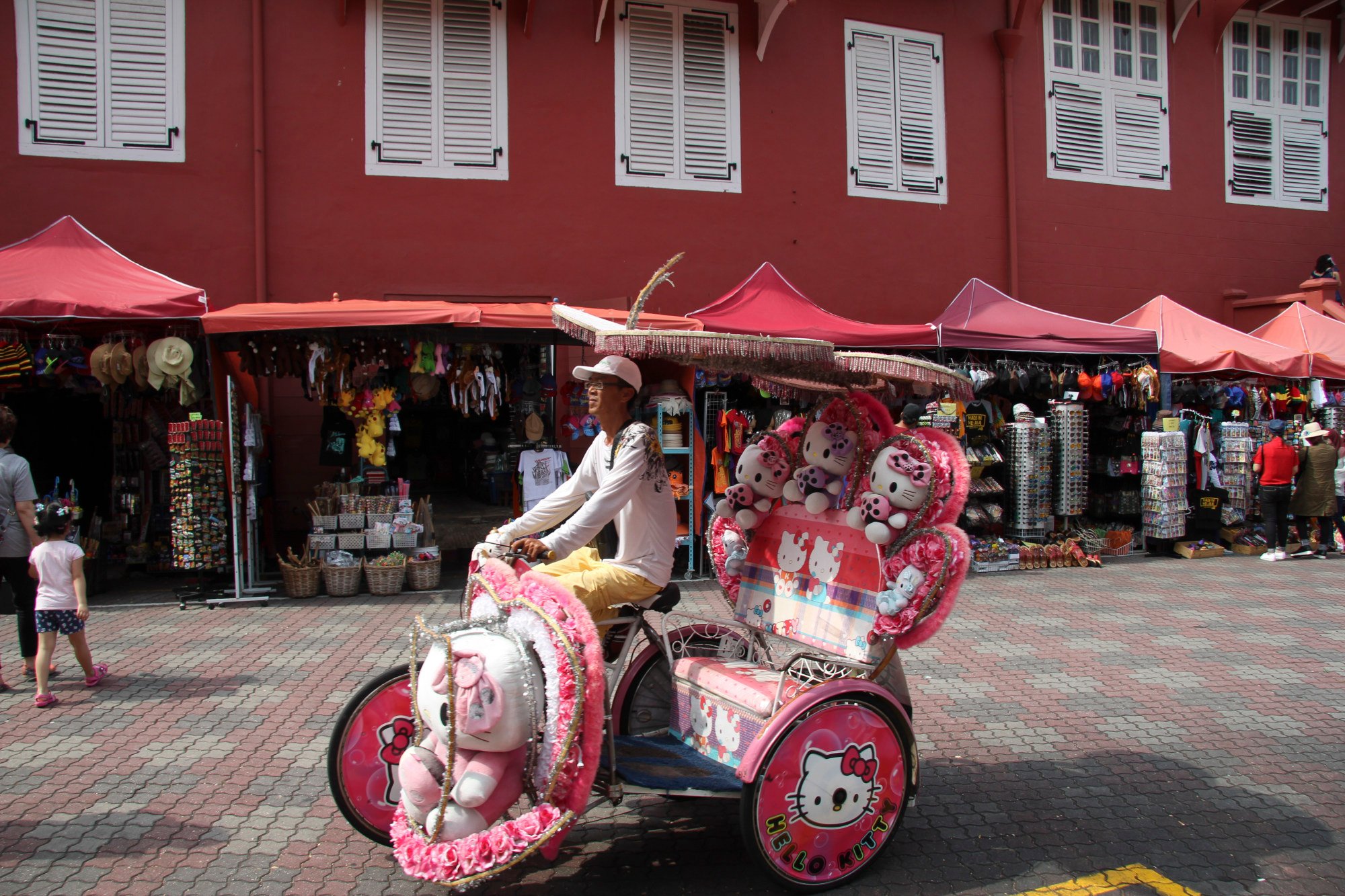
“Suddenly you realise what mass tourism is really like, with neon-flashing trishaws riding around blasting out K-pop to please Korean passengers, or when groups come into the gallery and are only interested in taking selfies with my art, touching the pieces with no respect.
“But at the end of the day, you have to recognise that tourism still brings work for so many people.”

Many of the best eating spots are away from bustling Jonker Street.
The Majestic Malacca, a well-preserved 1920s Chinese villa transformed into a luxurious hotel, looks out over the Malacca river and a sleepy kampong (village) of wooden stilt houses.
It is recommended for a peaceful stay as well as for the Kristang dishes – such as a piquant creole-style devil curry and sea bass baked in banana leaf with tangy lime and tamarind – served in the elegant The Mansion dining room.
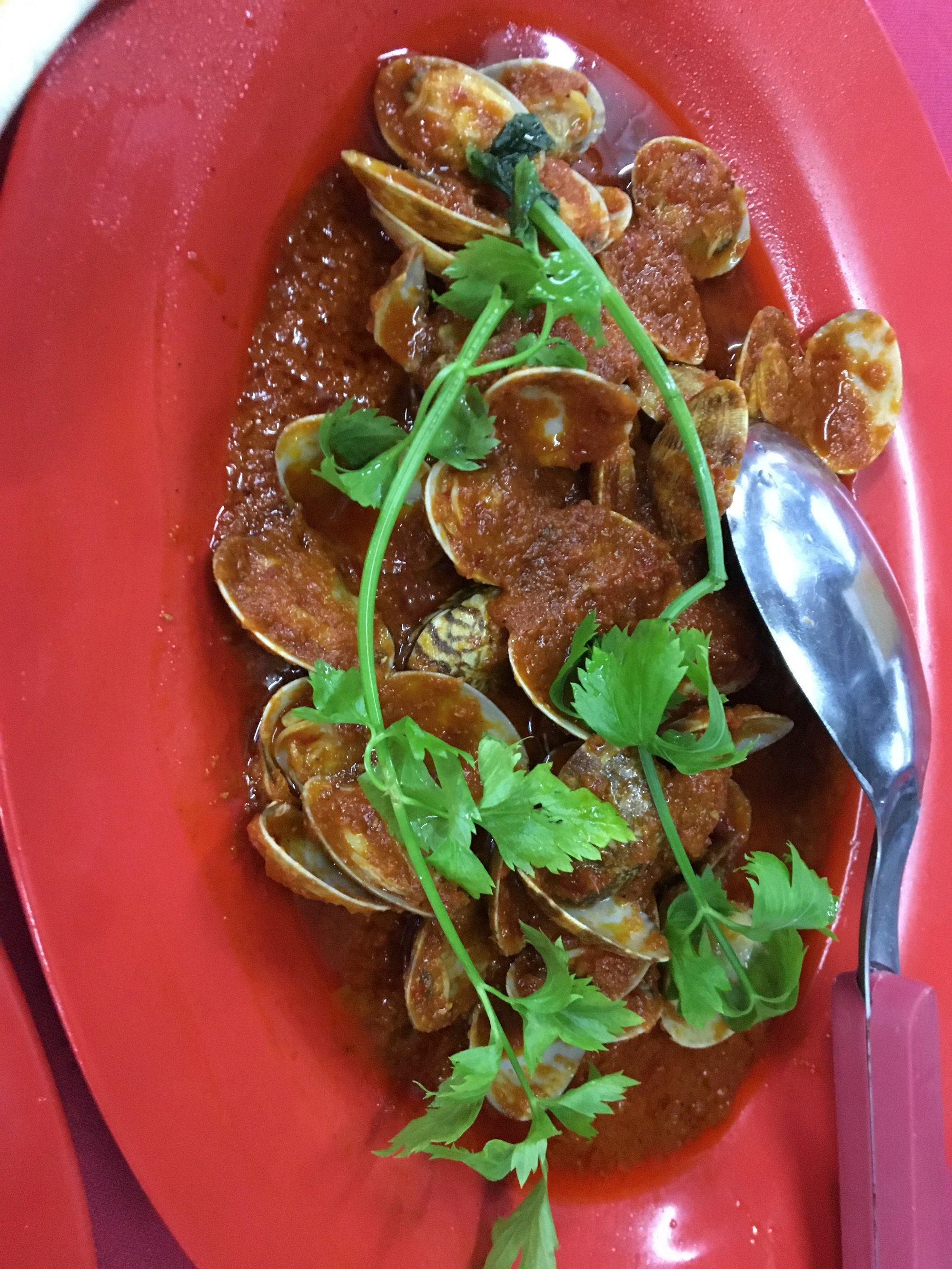
Hidden down a dimly lit alleyway off commercial Jalan Bunga Raya street, the 50-year-old Capitol Seafood restaurant is a wonderland for fans of unusual shellfish.
This is no-frills Malaysian street food at its most authentic: customers sit outdoors on wobbly stools while a selection of local oysters, juicy cockles, razor clams and whelks are cooked in front of them.
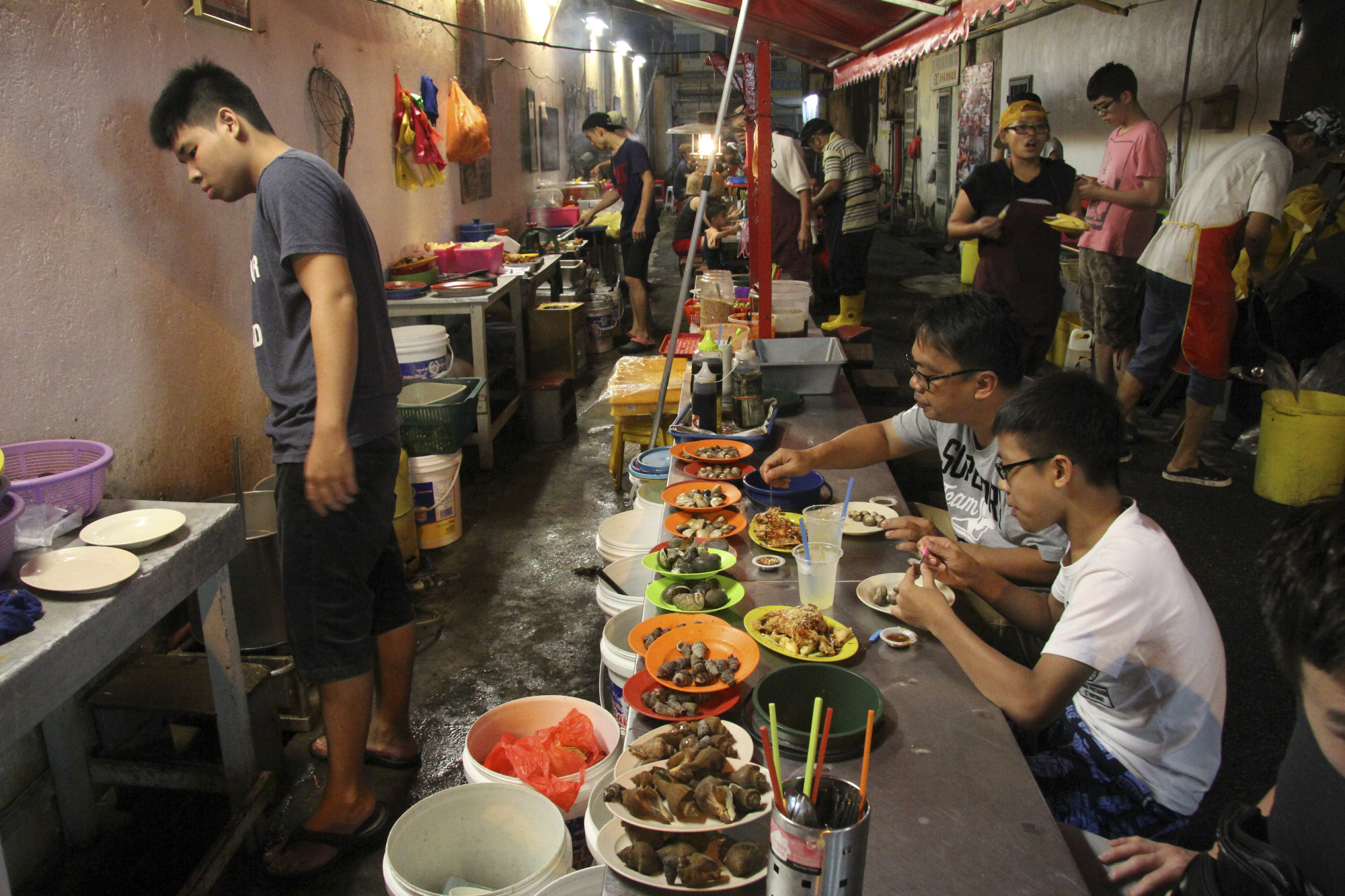
And just down the street stands Bulldog, an industrial-style canteen that offers a more modern, inventive take on Nyonya dishes than the more tourist-oriented restaurants back in the centre.
This is the place to discover cendol, the signature Peranakan dessert of pandan jelly and red beans hidden under a mountain of shaved ice that is itself smothered with coconut milk and gula Melaka, made from dense, sticky palm sugar.
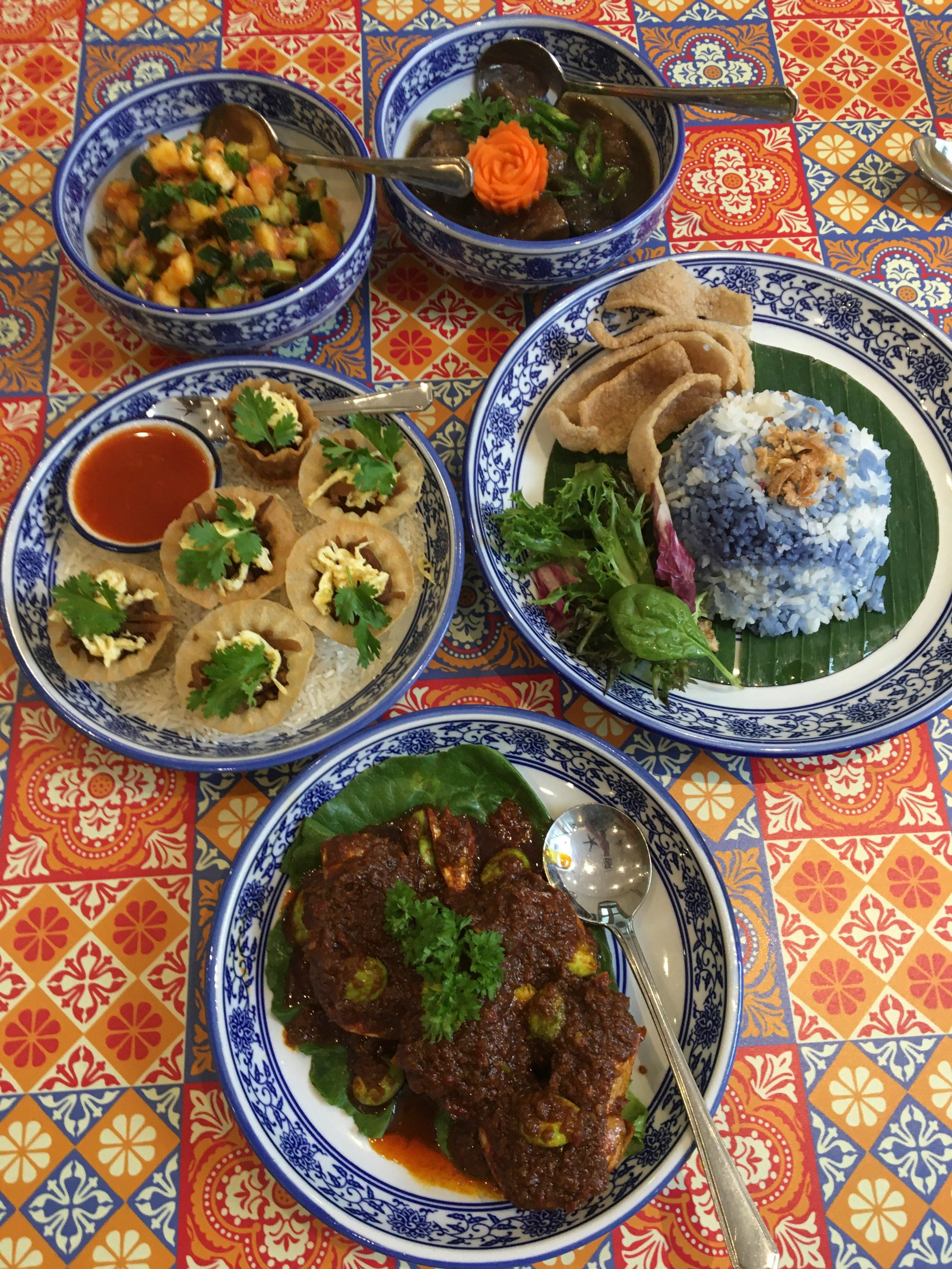
A great way to end a Malacca day is to take a taxi to the Portuguese Settlement, to the east of the town centre, where more than 1,000 proud Portuguese Malaccans still live in an intimate community. Most are fishermen during the day, and run the dozen or so outdoor seaside restaurants open at night, where you will taste the freshest seafood: simple family home cooking according to centuries-old Kristang recipes.
Arrive before 7pm, though, as this is the perfect location not just for a feast but an inevitably stunning sunset over the Malacca Strait.




